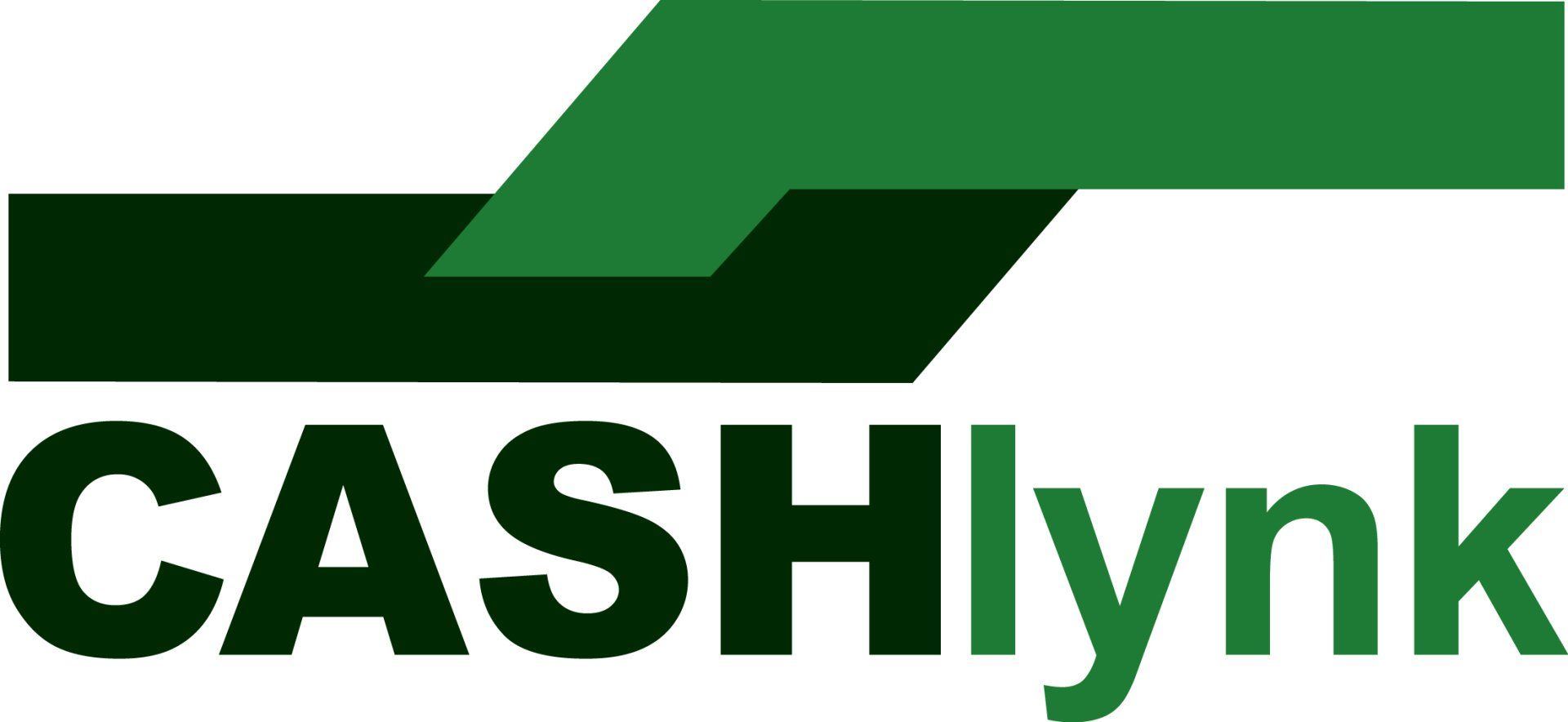Credit Card Processing Tips and Tricks
Free Consultation | Same-Day Service
Free Consultation
Same-Day Service
Certified Hyosung Technicians
Credit card processing tips and tricks
Fee types
Interchange fees
This is the fee both your bank (the “acquiring” bank) and the customer bank (the “issuing” bank) collect for the transaction and for the convenience of these two institutions working together. Interchange fees are determined by the credit card network and can vary depending on several factors that include:
- What type of card you are accepting (Card partnered with a third party, rewards card)
- What type of industry you’re in; for example a restaurant and a market will have different fees
- Whether the card is used as a credit or debit transaction
Typically the interchange fee is a percentage of the total, plus a flat per-transaction fee.
Every processor pays exactly the same fee because they aren’t negotiable…so you don’t have to wonder if you’re paying more than everyone else.
Assessment fees
Visa, MasterCard, Discover, and American Express credit cards are convenient. And you pay for it. Assessment fees are simply convenience fees. After all, with a credit card, the merchant is paid right away, while the credit card company has to wait for the customer to pay their bill. These fees are paid directly to the card network and are variable depending on a variety of factors, including:
- Your personal volume of monthly transactions
- Whether it’s a debit or credit card transaction
- Whether it’s an online or in-person transaction
Merchant service provider (MSP) markup fees
The company that processes your credit card fee, First Data, TSYS, Worldpay,Square, Stripe, WePay, and others, take a fee to collect for the credit card companies.
These fees are charged every time you do a transaction.
The fee is lower for card reader transactions because the card is present and cardholder info can be verified. This is why keyed transactions are more expensive. Other processors might charge both a flat fee and a percentage, so see what works best for your particular business. You’ll also want to check to see what other fees the MSP charges, such as a flat monthly fee or a monthly minimum.
PCI compliance
Think of a PCI compliance fee as a security fee. PCI compliance means that you are complying with Payment Card Industry Data Security Standards (PCI DSS). These standards were developed to help minimize the risk of fraud or a data breach. You’ll want to check with your credit card processing provider to see if they offer PCI compliance; most do, and they often charge you for it. Some offer these security services without the fee, but some don’t provide services at all, so your compliance is going to be on you.
How to keep credit card processing fees low
1. Charge a convenience fee.
Your customer wants to pay with a credit card? Fine. Add the fee to their total.
Pro: It’s a transparent way to assure customers you are not hiding costs in your price and becomes more of a “user fee,” like an airline baggage fee that’s only paid by passengers who check their bags, for example.
Con: Your customer might feel as though you are “nickel and diming” them and some credit card companies have their own rules about whether they are allowed. MasterCard, for example, only allows convenience fees for educational instructions and government agencies.
2. Raise your prices (slightly).
Rather than only imposing the fee on certain customers, you can raise your prices by a small percentage to cover the cost of credit card users, particularly if that’s the most common form of payment for your company.
Pro: One-size-fits-all pricing can be easier for your customer to comprehend.
Con: Even if your customer is paying via another method rather than incurring credit card fees, they are being charged more for the product or service.
3. Set a minimum purchase requirement.
Many people might be tempted to charge that $3 cup of coffee, even though they have a few crumpled singles in their wallet. But maybe their money is at the bottom of their purse or pocket. And they have their hands full of coffee. This may inspire them to buy their friend’s coffee, too, and add a pastry. Voila! They’ve hit your $10 minimum. And your sale just got bigger.
Pro: This won’t eliminate the fees per se, but at least you’re upping your sales.
Con: Yep, you guessed it…the dreaded “nickel and dime” issue.
4. Give a cash discount.
Pro: Instead of “punishing” your customers who are using a credit card, you’re providing a new perk to those who have cash. They feel like they are getting a bonus.
Con: It might annoy those using a credit card.
5. Just ask.
Sometimes all it takes is a simple sign at the cash register to let customers know you prefer cash, since you have to pay credit card fees for each transaction. Your customer might never have realized this and might be more than happy to comply once you suggest it.
Pro: Who could mind a simple ask?
Con: You might still end up paying the credit card fees.
We Specialize in Merchant Processing
Call us for a free consultation.
(319) 892-0136
We Specialize in Merchant Processing
Call us for a free consultation.
(319) 892-0136
PRIMARY LOCATION
DES MOINES WAREHOUSE LOCATION
OFFICE HOURS


Share On: